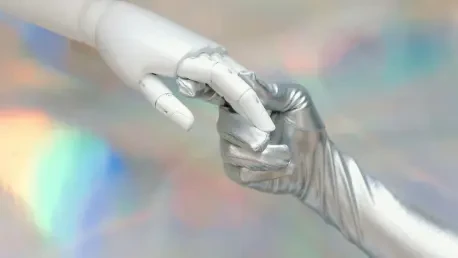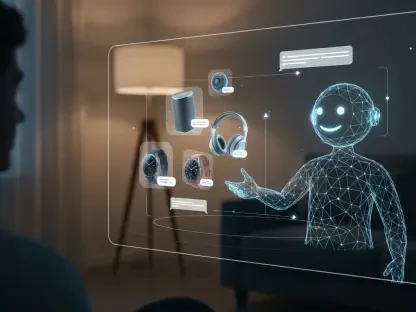A Pivotal Question in a Technological Era
In an era characterized by rapid technological advancements, businesses worldwide grapple with an unsettling question: As artificial intelligence (AI) technologies continue to evolve, will every position within a corporation become dispensable? This has become an increasingly relevant concern as AI’s capabilities grow, from automating simple tasks to managing complex operations.
The Significance of Understanding AI’s Impact
The question of replaceability is not merely academic for professionals across industries; it directly impacts the socio-economic fabric of current times. The exponential growth of AI technologies has fundamentally altered labor markets, creating a nuanced dynamic between job creation and displacement. This issue resonates deeply with industries striving to balance productivity gains with workforce disruptions. The trajectory toward greater automation calls for a thoughtful examination of its long-term implications, not just for businesses, but also for society at large.
The Different Shades of Replaceability
Contrary to popular belief, not all positions are equally threatened by AI. While certain roles in manufacturing and data processing have experienced significant automation, others, particularly those demanding human creativity and strategic leadership, hold intrinsic value resistant to technological replacement. Case studies, such as those in the finance and healthcare sectors, demonstrate varying degrees of AI integration, revealing misconceptions around universal replaceability. The drive for profit maximization often propels the narrative of technological dominance; however, an understanding of the nuanced interplay between automation and human ingenuity presents a more balanced perspective.
Valuable Insights from Industry Leaders
Experts in technology and economics provide crucial insights into AI’s impact on workforce dynamics. Economists argue that automation creates as many opportunities as it eliminates, whereas business leaders often signify the importance of human-centered innovation in AI’s integration into business processes. Numerous companies resonate with such experiences, having implemented AI in ways that complement, rather than replace, their human workforce. Scholarly research further asserts that a strategic balance between adopting cutting-edge technologies and preserving human employment proves beneficial for sustained growth.
Navigating AI’s Integration in Business Practice
Businesses eager to harness AI must first dissect their operational dynamics to evaluate which roles may be augmented rather than replaced. This approach involves not only identifying automation-friendly processes but also investing in reskilling initiatives that prepare employees for technology-enhanced roles. Fostering an innovative culture where technological advancement complements human creativity can empower organizations to thrive in a fiercely competitive landscape. Moreover, cultivating inclusive workplace practices can ensure the retention of valuable human capital alongside AI advancements.
Future Pathways: Balancing Human and Technological Evolution
As AI technologies continue to reshape industries, the challenges extend beyond mere profit considerations. Ensuring that technology and human roles advance in tandem necessitates holistic approaches that encompass socio-economic growth and workforce stability. The previous discussions highlighted the necessity for organizations to reevaluate their strategies in light of technological disruptions. Future endeavors in AI integration should prioritize comprehensive plans that safeguard innovative human input while leveraging technological efficiencies, ultimately fostering environments where both AI and human potential coexist harmoniously.









